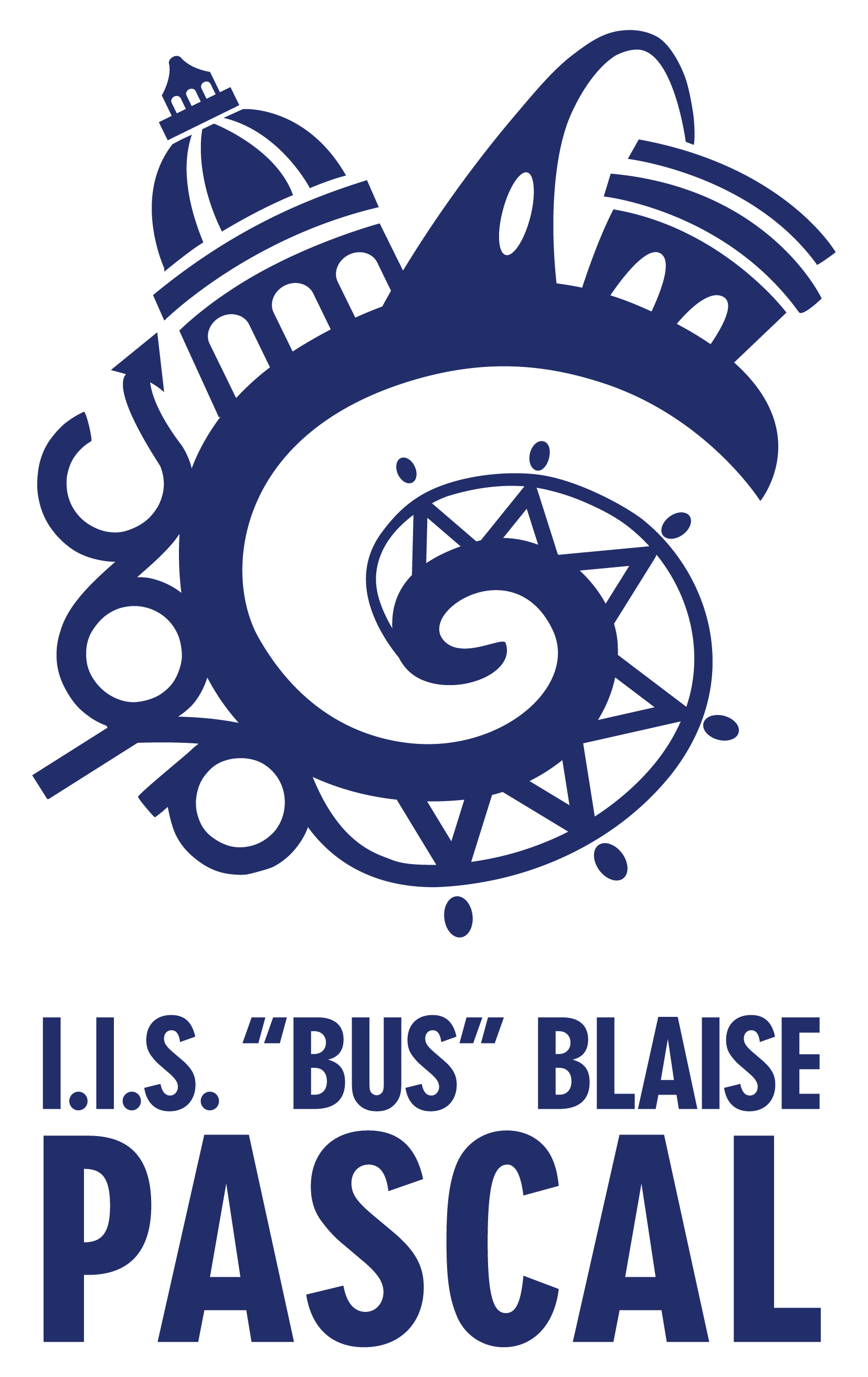
|
ANPAL (National Agency for Active Labor Policies) is an Italian public entity supervised by the
Ministry of Labor and Social Policies.
The meeting with an ANPAL expert, held via meet, aimed to explain the activities of the PCTO,
covering various points:
- General context framework of paths for transversal skills and orientation.
- Characteristics of PCTO and description of the objectives of transversal skills.
- Rules and directives for the internship.
- Reflections and concluding discussion.
- This meeting lasted for 2 hours, and I believe it was very important to guide us
effectively during this PCTO period.
|
|
On April 16, 2021, we carried out the activity "Assembling and Disassembling." The purpose of
this
project is to learn to recognize and assemble the various parts of a desktop computer.
Theoretical Part
During the first hour, Professor Pontoriero and Professor Cattani introduced us to the activity
with a
presentation that illustrated different computer models along with their respective histories.
They also
explained the specifications of various components. This first part of "assembling and
disassembling" was
essential for the second part, the practical one, where we needed to understand the different
components.
Practical Part
After the theory lesson given by the professors, the practical hours followed.
First, the professor disassembled a desktop computer to show us the various elements that
compose it, so
that we would know what to do once the case was open. Then, he explained the precautions to be
taken before
and during the assembly and disassembly phase. For example, it was necessary to ensure that the
computer was
not connected to the power source, so we always had to unplug it.
To start, we removed the case to access the components inside it. The first thing we noticed was
the
abundance of cables and elements inside the computer. To make the assembly easier after we
finished, we took
a photo of the computer before disassembling it.
Then, we began disconnecting the cables and unscrewing the screws that held the components in
place. To avoid
losing them and to remember their positions, we documented them on a sheet of paper, labeling
the various
computer parts.
The first components we removed were the fans, the CD drive, and the hard disk. After examining
them
carefully, we moved on to the RAM, which had two blocks. Finally, we removed the most important
parts, namely
the motherboard and the processor. After examining these final parts, we reassembled the machine
without
difficulty.
|

|
|
On April 16, 2021, after completing the "Assembling and Disassembling" activity, we also learned
how to
install the "Linux" operating system.
To simplify the process and using the computer lab's devices, we installed the operating system
on a virtual
machine using the "Virtualbox" program.
After allowing us to personally choose the Linux distribution we wanted to use, we began the
installation
process.
The process was very easy and intuitive, thanks in large part to the user-friendly interface of
Virtualbox
and the guided steps of the Ubuntu installation itself.
|

|
|
On February 25, 2021, we carried out an activity with the e.DO robots at "Via dell’Abbadessa."
e.DO is an interactive, flexible, open-source robot designed to stimulate creativity and
participation both
in the classroom and in real-world applications. The robot is produced by the company Comau.
During the activity, we learned to operate these robotic arms using an application on a tablet,
guiding them
through a series of predefined movements.
This experience was very interesting because it enables a non-traditional mode of teaching and
learning.
Within this new educational context, students often showcase qualities that may not find ample
space within
traditional teaching methods.
Furthermore, for the use of these robotic arms, we applied computer skills developed during our
academic
journey. However, the robotic arm can be used by anyone, even without specific computer
knowledge, due to the
intuitive nature of the application for controlling the robotic arm.
|

|
|
In June 2021, I went to the University of Parma to attend a workshop titled "Create a Video Game
in Python
or Go," organized by the Department of Engineering and Architecture. The workshop required us to
be
present at the laboratories of the Engineering educational branch, part of the Science Area,
from 9:00 AM to
1:00 PM. Additionally, we had the option to stay for afternoon exercises, which were supervised
by the
professor and took place from 2:00 PM to 6:00 PM. This project lasted for four days.
During the morning hours, we had 2 hours of lectures with the professor. In my case, the
professor was
Michele Tomaiuolo, who presented and explained the mechanics of the Python language. The
remaining hours were
dedicated to practical application of what we had learned in the previous sessions.
During the afternoon hours, we had the opportunity to practice and continue working on the game
code.
The total project hours I participated in amounted to 20.
|

|









